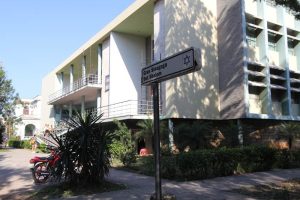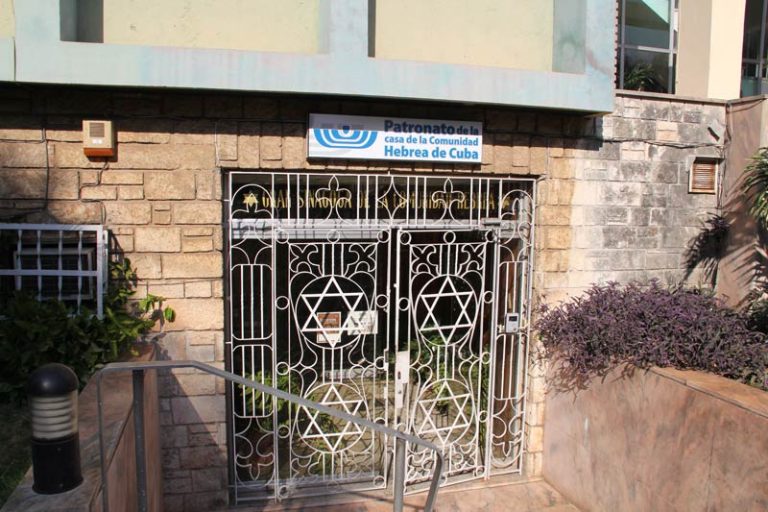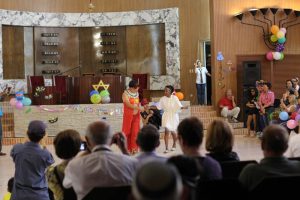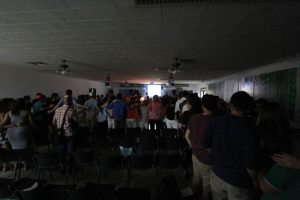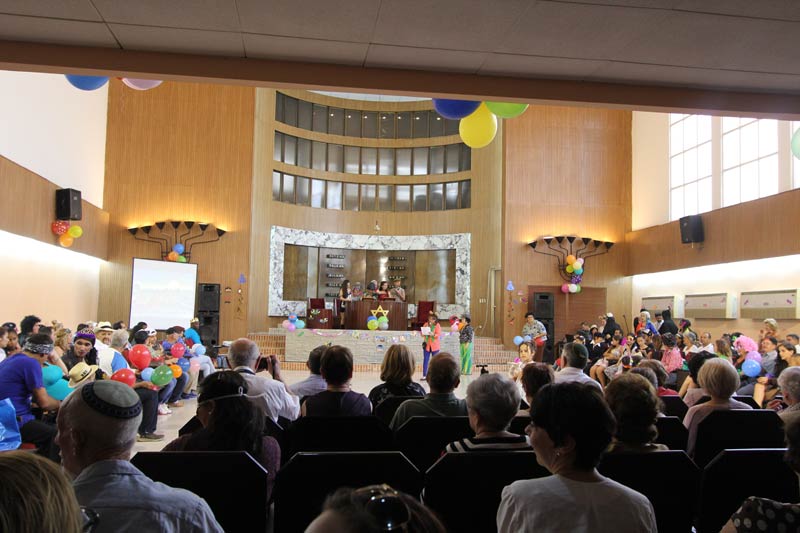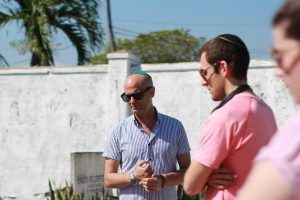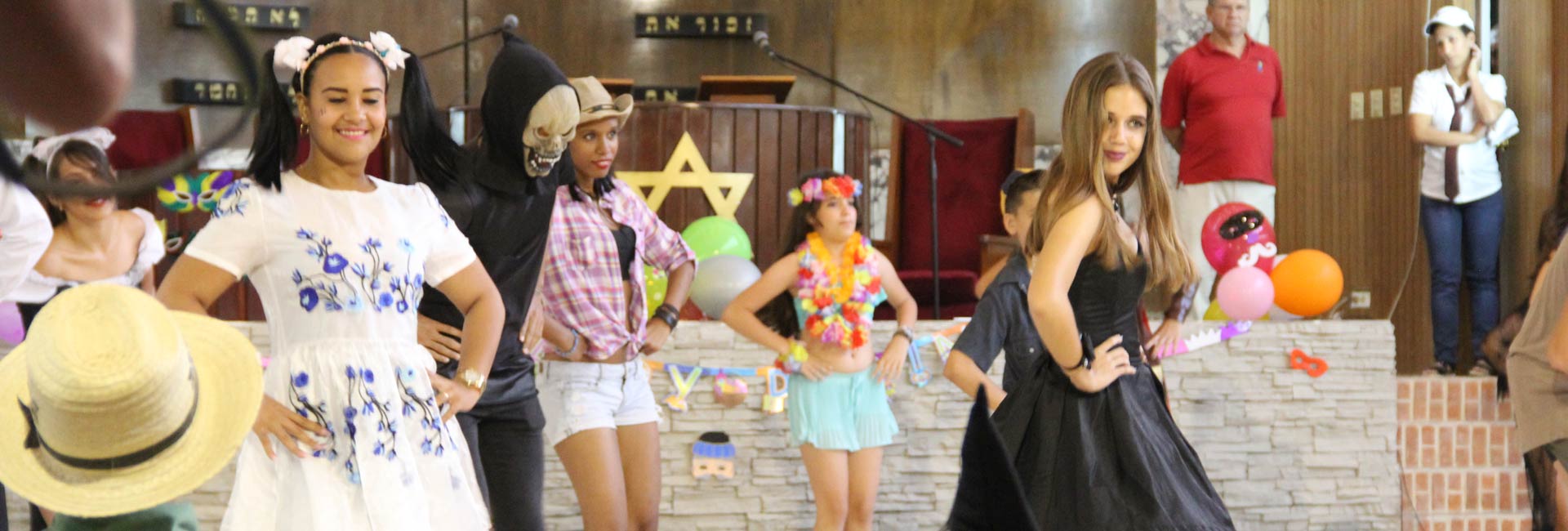

The Patronato, or the Cuban Jewish Community, is at once a cultural gathering place and a tight-knight community for Cuban Jews on the island.
Supporting the 1,200 Jews currently living in Cuba, the Patronato Casa de la Comunidad Hebrea de Cuba, or the Patronato, as the Cuban Jewish Community is called, is a cultural and community center for multi-generational families to celebrate Jewish traditions big and small—from the weekly Havdalah ceremony to the annual Purim festival and Passover.
Cuba served as a way point for Jews fleeing persecution over hundreds of years.
But, some quite liked the country’s warm weather and people and decided to start life anew on the island known as the pearl of the Caribbean. Used to adapting to different political contexts, moving on and away from the next up-and-coming despot, many in the Cuban Jewish Community fled yet again for the United States in 1959. Dictators and militarized revolutionaries hadn’t halted the joie de vivre of the Jewish community in the past, and Castro’s regime wasn’t going to be the one to do it for Cuban Jews.
“For some, Cuba may be a country filled with nostalgia and old cars, but to our students Cuba is a complicated country with a complex yet rich history,” explains Rabbi Lyle Rothman, a mentor and role model for University of Miami Hillel students, including the 14 students he took to Cuba in 2017 for an Alternative Spring Break trip.
About the Photo
Teens from the Patronato, or the Cuban Jewish Community, often perform choreographed dances during the congregation’s community gatherings. Here, costumed young members of the Patronato dance during the 2017 Purim Carnival at the Beth Shalom synagogue in Havana. Photo credit: Jessica M. Castillo
Join the Conversation:
Follow on
Twitter:
UM Hillel @umiamihillel
University
of Miami @univmiami
UM News @univmiaminews
The Patronato, stemming from the Centro Macabeo (United Hebrew Congregation)—established in 1906 by a dozen North American Jewish immigrants, and the precursor to Miami Beach’s Cuban Hebrew Congregation at the Temple Beth Shmuel—joined together the smaller independent Jewish groups spread across the island in 1951, and the center now serves as a formalized community resource for the 0.01 percent of the Cuban population that currently practices Judaism.
(Story continues after photo gallery)
Even in Cuba, long a communist and atheist state, the Jewish community is resilient and their bonds deep-rooted. For many, Judaism is more than a religion—it is a heritage that eclipses sociopolitical thought and national borders.
“The Patronato is excited to welcome Jewish groups from North America wanting to learn more about the culture and sense of belonging that has uniquely evolved in Cuba,” says William Miller, former vice president of the Patronato who currently runs the tour and cultural exchange arm of the congregation.
Bringing Jewish groups from outside Cuba to visit the island is important, Miller notes, for relating resources to the small Patronato. Through cultural exchange tours to Cuba, Miller and the Patronato hope to highlight to other Jewish groups the connectedness of the Cuban Jewish Community and how, despite being small, it is vibrant and united.
- JESSICA M. CASTILLO / UM News
